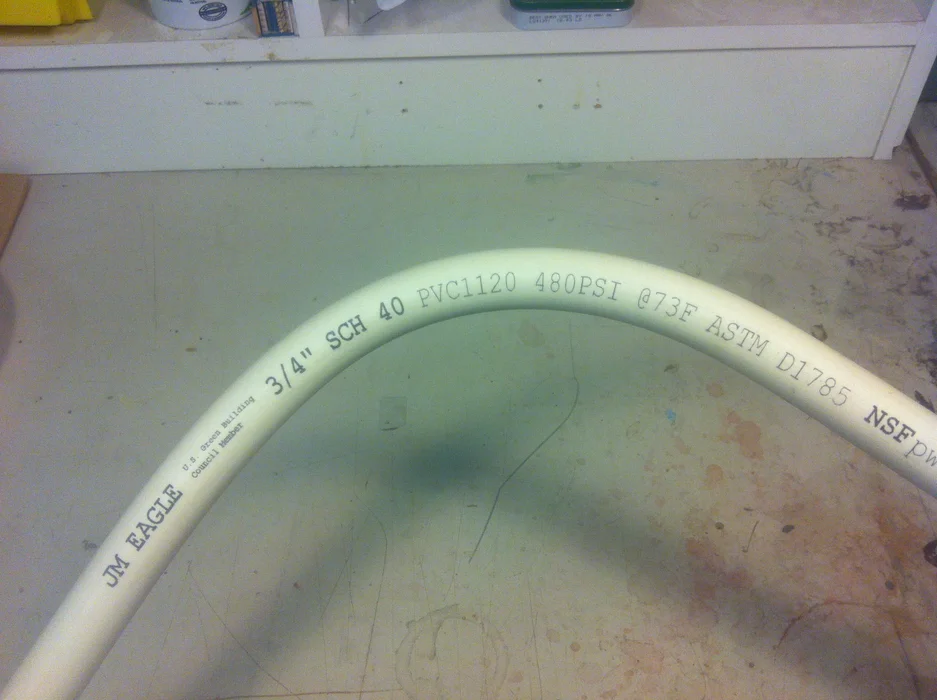Nov . 19, 2024 14:27 Back to list
drain pipes
The Importance of Proper Drainage Understanding Drain Pipes
Drainage is an essential aspect of any construction project, be it a residential home, a commercial building, or infrastructure like roads and bridges. At the heart of effective drainage systems are drain pipes. These pipes are crucial in managing water flow, preventing accumulation of water, and mitigating potential damage caused by flooding or waterlogging. This article explores the significance of drain pipes, their types, installation practices, and maintenance tips to ensure their proper functioning.
Understanding Drain Pipes
Drain pipes serve one fundamental purpose to transport excess water away from a specific area. This can include rainwater, wastewater from sinks, or groundwater. When water isn’t managed properly, it can lead to a myriad of issues, including soil erosion, foundation damage, mold, and other health risks associated with stagnant water.
Types of Drain Pipes
There are various types of drain pipes, each designed to cater to specific drainage needs.
1. PVC Pipes Polyvinyl chloride (PVC) pipes are among the most commonly used for drainage systems. They are lightweight, resistant to corrosion, and easy to install. PVC pipes are often used for underground drainage systems and in plumbing applications.
2. Clay Pipes Traditional clay pipes are still used in many older drainage systems. They are durable and resistant to corrosion but can be more expensive and less flexible than modern materials.
3. HDPE Pipes High-Density Polyethylene (HDPE) pipes are known for their strength and flexibility. They are resistant to chemicals and are often used in both domestic and industrial drainage systems.
4. Concrete Pipes Concrete pipes are heavy-duty options for large drainage projects, such as stormwater management and sewer lines. They are incredibly durable but can be expensive and challenging to install.
5. Perforated Pipes Used mainly for subsurface drainage, perforated pipes have holes that allow water to enter the pipe while filtering out sediment. These are often used in leach fields for septic systems.
Installation Practices
drain pipes

Proper installation of drain pipes is critical for their long-term efficacy. Here are some best practices
- Plan the Layout Before installation, create a comprehensive plan that includes the layout of the drain pipes, taking into account the slope and direction of water flow. Ideally, pipes should have a slope of at least 1% to 2% to encourage efficient water movement.
- Use Quality Materials Investing in high-quality pipes can lead to fewer problems down the road. Ensure that the materials used are appropriate for the specific conditions and requirements of the drainage system.
- Professional Installation While some homeowners may attempt DIY installations, involving professional plumbers or drainage specialists often yields better results. Experts can ensure proper alignment and connection of pipes and avoid potential pitfalls.
Maintenance Tips
Once installed, maintaining drain pipes is essential for preventing clogs and ensuring efficient water flow
1. Regular Inspections Periodically check your drainage system for any signs of damage, clogs, or leaks. Early detection can prevent costly repairs.
2. Keep Gutters Clean Ensure that gutters and downspouts are free from debris to promote efficient drainage. Blocked gutters can cause water to overflow and seep into your foundation, leading to damage.
3. Avoid Chemical Drain Cleaners While they may seem convenient, harsh chemicals can erode drain pipes over time. Opt for mechanical snaking or professional cleaning services for tough clogs.
4. Know What You’re Disposing Be mindful of what goes down the drain. Avoid flushing non-biodegradable items or substances that can clog the system.
Conclusion
Understanding the role of drain pipes in effective water management cannot be overstated. They are the backbone of drainage systems, ensuring that water is channeled away efficiently, protecting buildings and landscapes from the damaging effects of excess moisture. By choosing the right type of pipe, installing it correctly, and committing to regular maintenance, property owners can secure the longevity and efficacy of their drainage systems, safeguarding their investments against the forces of nature. Proper drainage is not just a necessity; it's a critical component of responsible property management.
-
High-Quality PVC Borehole Pipes Durable & Versatile Pipe Solutions
NewsJul.08,2025
-
High-Quality PVC Perforated Pipes for Efficient Drainage Leading Manufacturers & Factories
NewsJul.08,2025
-
High-Quality PVC Borehole Pipes Durable Pipe Solutions by Leading Manufacturer
NewsJul.08,2025
-
High-Quality PVC Borehole Pipes Reliable PVC Pipe Manufacturer Solutions
NewsJul.07,2025
-
High-Quality UPVC Drain Pipes Durable HDPE & Drain Pipe Solutions
NewsJul.07,2025
-
High-Quality Conduit Pipes & HDPE Conduit Fittings Manufacturer Reliable Factory Supply
NewsJul.06,2025

